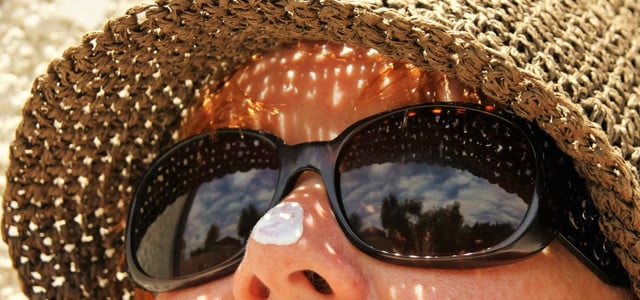
Sunscreen is designed to protect against harmful UV radiation and the associated consequences. But sunscreen also has a downside: if it contains harmful ingredients, such as the UV filter octocrylene, it is dangerous to health and the environment. Here you can find out how to find sunscreen without octocrylene.
Protecting the skin from harmful UV rays is important at any time of year. If you use sunscreen, you should not only make sure that the sun protection factor is high enough, but also that the product is free of problematic ingredients. This is because the ingredients in the cream penetrate the entire body through the pores in the skin.
Sunscreen without octocrylene: Why?
The sun protection filter octocrylene in sunscreen is always being discussed. This substance can cause allergic skin reactions and is classified as probably carcinogenic in humans.
If octocrylene decomposes during long-term storage of the sunscreen, the dangerous substance benzophenone can form. According to the International Agency for Research on Cancer (IARC), animal experiments have shown that benzophenone can cause cancer.
What are octocrylenes?
Octocrylene is a chemical UV filter approved in the EU that is still used in sunscreens and anti-aging creams. In contrast, there are sunscreens without octocrylene that use other filters or mineral sunscreens that do not use any chemical filters at all. These usually use zinc oxide or titanium dioxide.
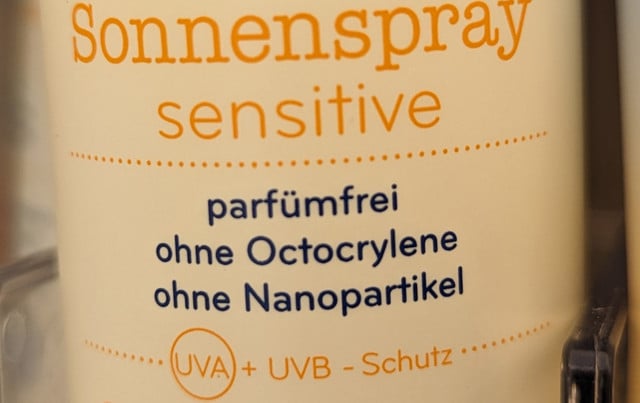
How dangerous is octocrylene?
Octocrylene is suspected of having a hormonal effect. According to the German Pharmacist’s Journal, studies indicate that such influences on hormones impair the development of the sexual organs – and thus also the ability to reproduce.
Skin irritations such as so-called Mallorca acne can be partly attributed to the UV filters in sunscreens. In some countries, doctors are increasingly identifying octocrylene as the cause.
Öko-Test has been criticizing the filter for years and regularly downgrades it in sun protection product tests.
Why you shouldn’t use sunscreen for more than one season
This is especially important if you still use sunscreen with octocrylene. If the sunscreen has expired, the filter breaks down and benzophenone is formed, which is considered “probably carcinogenic”. The substance is also suspected of promoting thyroid impairment and acting similarly to a hormone.
A study by the Sorbonne University and published in the journal Chemical Research in Toxicology shows that the concentration of benzophenone in cosmetics containing octocrylene increases rapidly as the product ages.
The German Dermatological Society (DDG) also recommends no longer using older creams that contain octocrylene.
How dangerous is benzophenone?
In 2021, the EU Scientific Advisory Committee (SCCS) assessed benzophenone in products containing octocrylene as a “dangerous contaminant” that should not exceed “trace levels”.
The Federal Institute for Risk Assessment (BfR) is currently assuming that no health impairments are to be expected. However, the institute told Öko-Test: “As the BfR does not yet have any representative data for assessing the situation in Germany, a general recommendation is not possible.”
Benzophenone has been banned in cosmetic products since December 2023. BUND explains: “However, a corresponding ban would also be necessary immediately for the substitute substance octocrylene.”
How do I find sunscreen without octocrylene?
Many manufacturers have recognized the problem and are now increasingly focusing on sunscreens without octocrylene. These can often be identified by a clearly visible label.
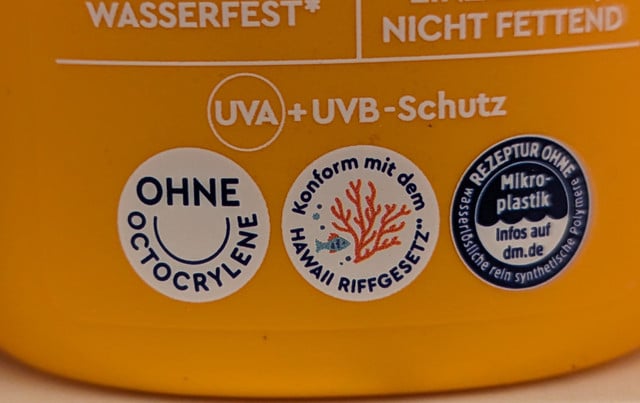
- When buying sunscreen, sun lotion or sun spray, look for the label “without octocrylene”.
- You can also see in the list of ingredients whether octocrylene is included.
- Octocrylene can be hidden behind various names. The European Commission’s information sheet, for example, mentions the name Octocrilene and the chemical names 2-Cyano-3,3-Diphenyl Acrylic Acid 2-Ethylhexyl Ester. The INCI name is Octocrylene.
Be careful with these sunscreens
The test by Stiftung Warentest (07/2024) shows: The vast majority of products in the test do not contain octocrylene. However, the researchers did find octocrylene in one product (Lush Million Dollar Sun Cream).
The testers from Öko-Test found the UV filters homosalate and octocrylene in the sun cream from Hawaiian Tropic and the Vichy Capital Soleil Gel-Milk SPF 30. Octocrylene is also contained in the sun milk from Lancaster and the Garnier Ambre Solaire Hydra 24 h Sun Protection Milk SPF 30.
Octocrylene: Also a problem in children’s sunscreen?
The current tests of children’s sunscreen by Stiftung Warentest (07/2023) and Öko-Test (06/2024) show a positive development: In the Stiftung Warentest test, no product contained octocrylene, while in the Öko-Test test, one product did. In previous tests, octocrylene or benzophenone was repeatedly found.
Important: Be careful with older sunscreens! Under no circumstances should you use them beyond the best-before date printed on the packaging.
Octocrylene in sunscreen: Also harmful to the environment
It makes sense to use sunscreen without octocrylene, not only for your own health but also for the environment. The UV filter is also problematic for the environment: octocrylene damages corals in bathing areas and thus potentially reduces the resilience of coral reefs to climate change. Octocrylene in sunscreen products is already banned in some areas such as the US Virgin Islands and the Republic of the Marshall Islands. Cosmetic products containing octocrylene have also been banned in the Republic of Palau (Micronesia) since 2020.
What the term “coral friendly” means
Some sunscreen packaging also contains the term “coral-friendly.” Manufacturers do not use certain UV filters that can be particularly harmful to coral reefs, such as octocrylene. If it gets into water, it can accumulate in marine organisms and harm small crustaceans and fish.
Öko-Test considers the statement “coral-friendly” to be greenwashing: “The background is that the manufacturers do not use two UV filters that are particularly harmful to corals, which is a good thing. But to turn this into a marketing gimmick and to conversely describe the sun cream, which nevertheless flushes other ingredients such as chemical UV filters into the oceans, as “coral-friendly”, is, in our view, nothing other than greenwashing.”
Avoid octocrylene – here’s how
- Scientific and medical experts recommend using sunscreen without octocrylene as a precaution.
- The German Dermatological Society also recommends no longer using older sunscreens that contain octocrylene.
- If the cream has been frequently exposed to high heat, for example in your beach bag, you should throw it away – even if the expiration date has not yet passed, according to the advice of the German Dermatological Society.
Please note: If you buy sunscreen abroad, you may find products with different recipes and therefore different ingredients. In addition, the recipes can change from season to season. To make sure that the sunscreen does not contain octocrylene, you should always take a look at the ingredients list.
Other ingredients are problematic
Octocrylene is not the only controversial ingredient in sunscreen. Other problematic substances include:
- Plasticizers (DnHexP, DEHP and DiBP)
- Ethylhexylmethoxycinnamate, 4-methylbenzylidenecamphor
- Octyl-dimethyl-para-amino-benzoic acid (OD-PABA), etocrylene and homosalate
But even if the substances octocrylene and benzophenone are suspected of having harmful side effects, “The risk of skin cancer is much, much higher,” warns dermatologist Christoph Liebich.
The better alternative: Natural cosmetics do not use chemical UV filters such as octocrylene and instead protect the skin with mineral filters.
Leaderboard: Mineral organic sunscreen
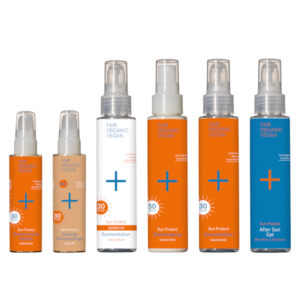 1st placei+m Sun Protect sun protection care
1st placei+m Sun Protect sun protection care
4.8
9
DetailBioNaturel**
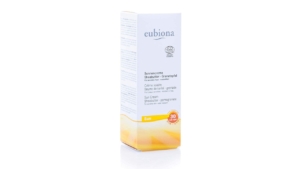 place 2Eubiona organic sunscreen
place 2Eubiona organic sunscreen
4.5
6
DetailBig Green Smile**
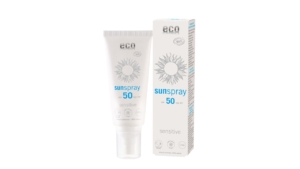 place 3Eco Cosmetics Sun Lotion
place 3Eco Cosmetics Sun Lotion
3.9
27
DetailAvocadostore**
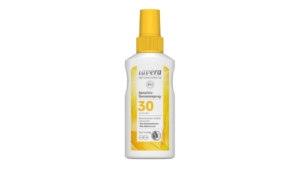 4th placeLavera organic sun protection
4th placeLavera organic sun protection
3.2
60
DetailBioNaturel**
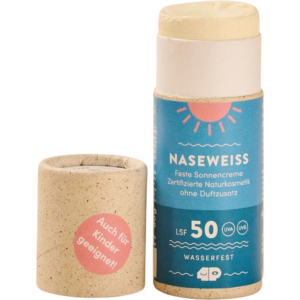 5th place4peoplewhocare – Nosewhite sunscreen
5th place4peoplewhocare – Nosewhite sunscreen
4.8
5
Detail4peoplewhocare**
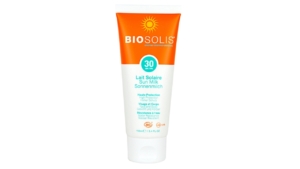 Rank 6Biosolis organic sun protection
Rank 6Biosolis organic sun protection
5.0
2
DetailEcco Verde**
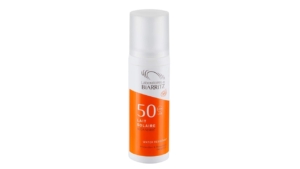 7th placeLaboratoires de Biarritz Organic Sunscreen Alga Maris
7th placeLaboratoires de Biarritz Organic Sunscreen Alga Maris
5.0
2
DetailBioNaturel**
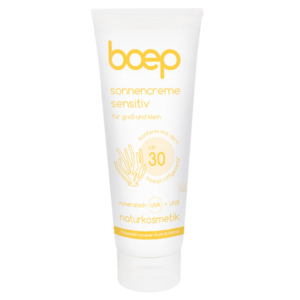 8th placeBoep organic sunscreen
8th placeBoep organic sunscreen
3.5
2
DetailAmazon (Sensitive SPF 30)**
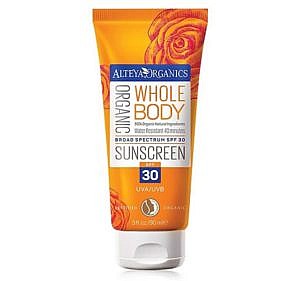 9th placeAlteya Organic Sunscreen
9th placeAlteya Organic Sunscreen
0.0
0
DetailsAmazon**
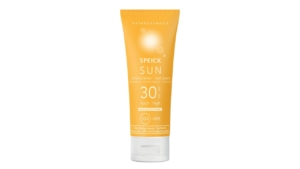 Place 10Speick Sun Organic Sun Protection
Place 10Speick Sun Organic Sun Protection
0.0
0
DetailEcco Verde**
Read more on Techzle\.com:
- Apply sunscreen correctly: Avoid these 6 mistakes
- Can adults also use children’s sunscreen?
- Remove sunscreen stains: This will get rid of the white spots
** marked with ** or orange underlined Links to sources are partly affiliate links: If you buy here, you are actively supporting Techzle\.com, because we then receive a small part of the sales proceeds. .